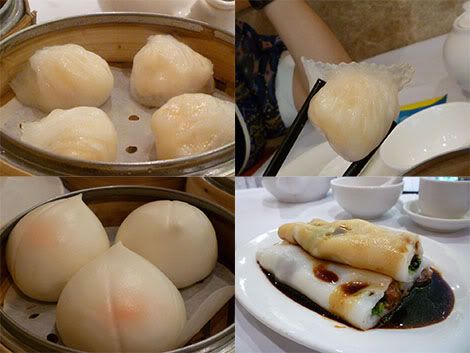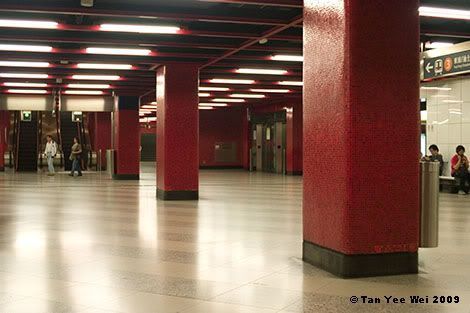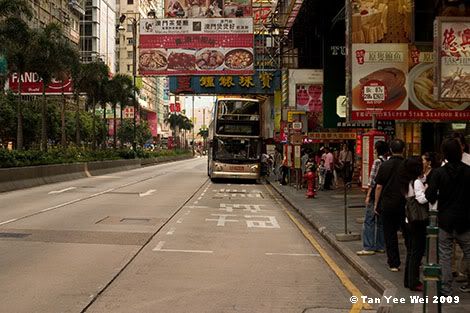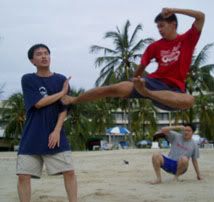Old Shanghai
These decades old clusters of houses resemble the disorganised clutter of squatter houses: narrow crooked lanes that will not fit vehicles with more than 2 wheels, tiny houses built side-by-side with common walls on 3 sides, abrupt forks and branches in lanes that lead to more branches or sudden cul-de-sacs.
Fortunately, the abject misery of squatter housing is not present here. Houses are built of brick and mortar (I suppose so- anyone living in a corrugated sheet metal shanty will freeze to death in winter), there is running water, the lanes are paved with cement and provided with adequate drainage and there’s a marked absence of reeking piles of rubbish.
My walk through the area was surprisingly calming. The narrow crooked lanes do not let in any sounds from the busy streets outside, and the pace of life inside seemed considerably less hectic.
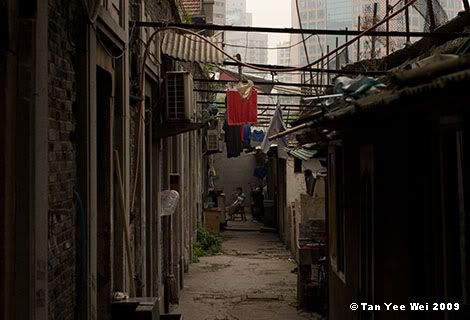
Click here for large size image
Not all houses are created equal. The buildings on the left side have carefully laid brickwork and beautiful door and window frames, as the next image will show.
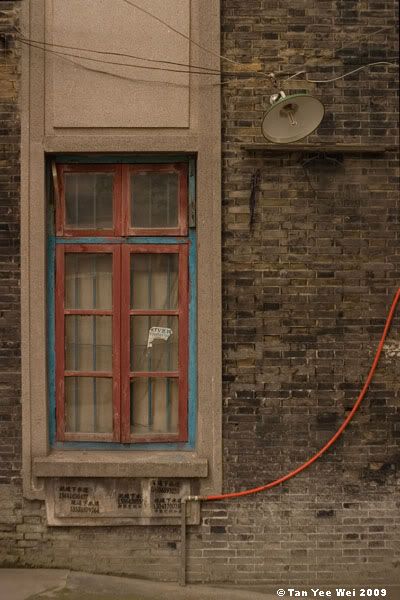
Quaint, Almost
Except that the light bulb has been replaced with an energy saving tube
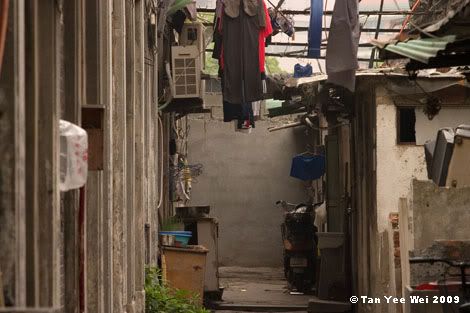
Hey, where did the boy go?
Click here for large size image
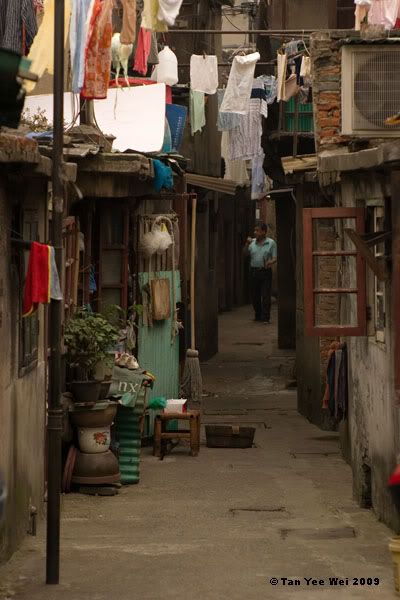
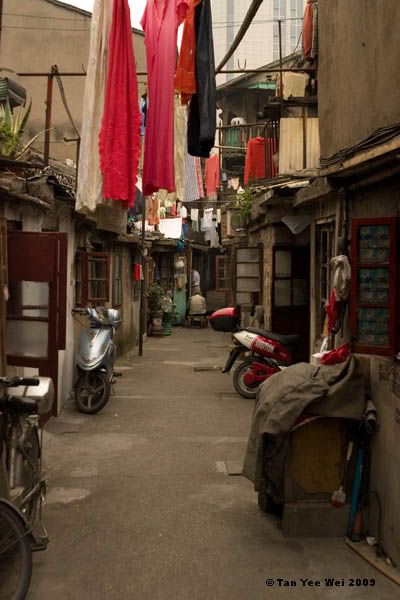
Quaint, Almost
Except that the bicycles have been replaced with electric scooters
It was said that there were 9,000,000 bicycles in Beijing1, but that number is likely to continue decreasing over coming years. Electric bicycles, mopeds and scooters are replacing bicycles as the affordable means of personal transport.
Electric bicycles are powered by a lead acid battery, usually tall and narrow in shape unlike those found in cars. Typically, the rather heavy battery is recharged by hauling it indoors to be plugged into a charger. Also, some people make it a point to take the battery indoors as its high price and good resale/salvage value makes it a target of thieves.
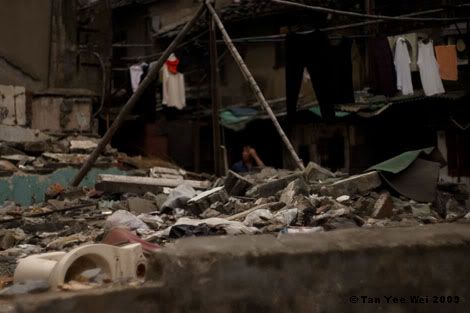
Click here for large size image
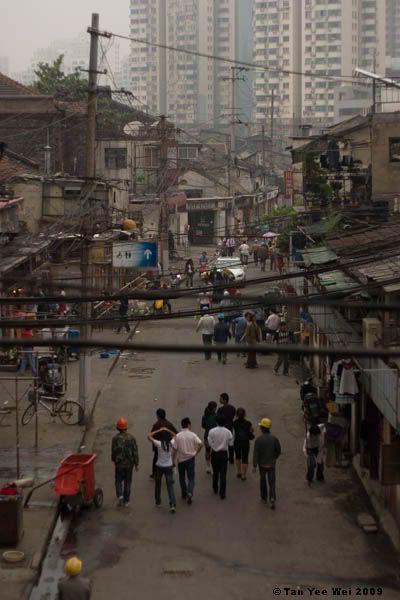
Footnotes:
1. "Nine Million Bicycles", Melua, 2005.
Labels: China, observations, photography


